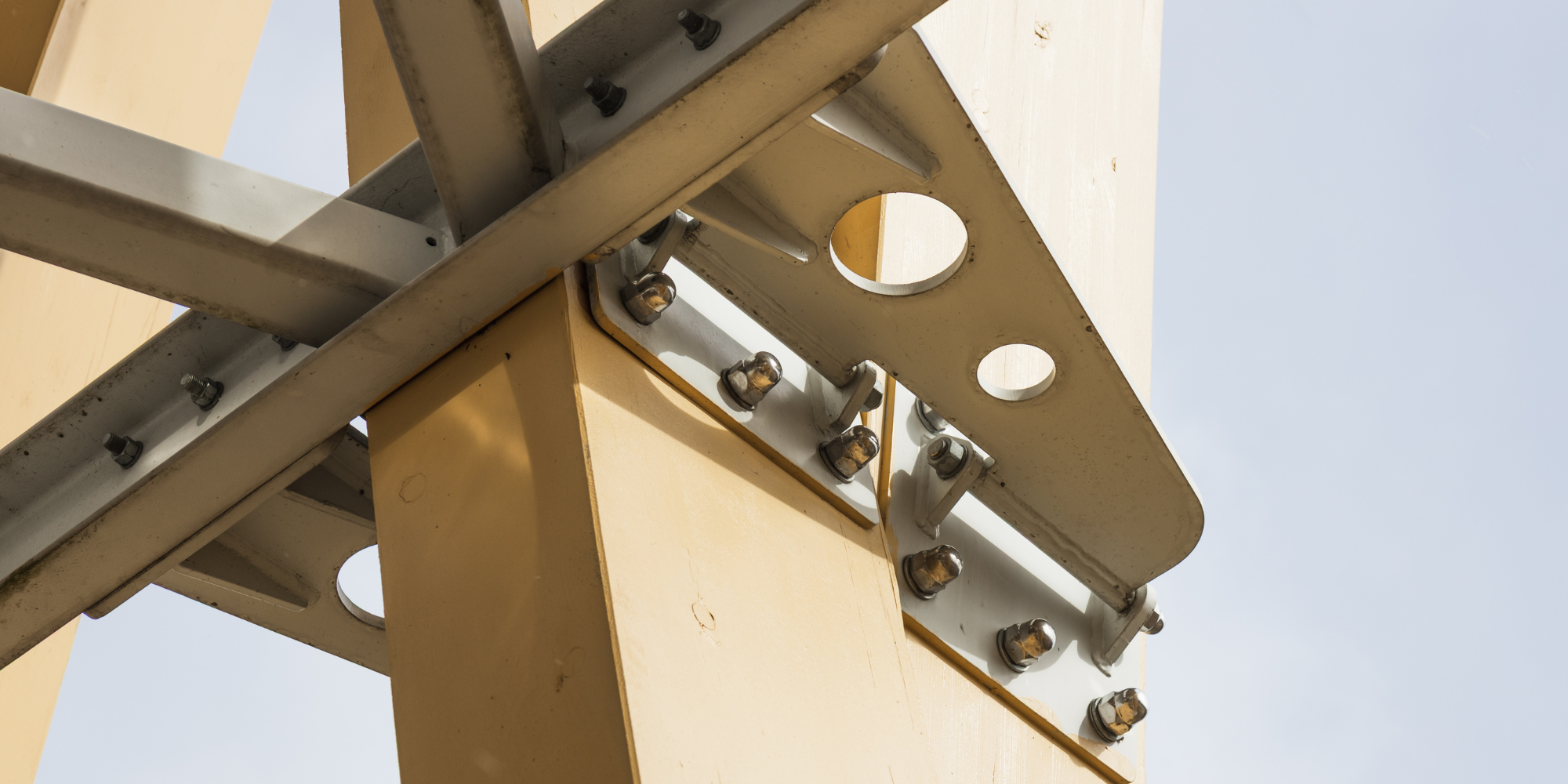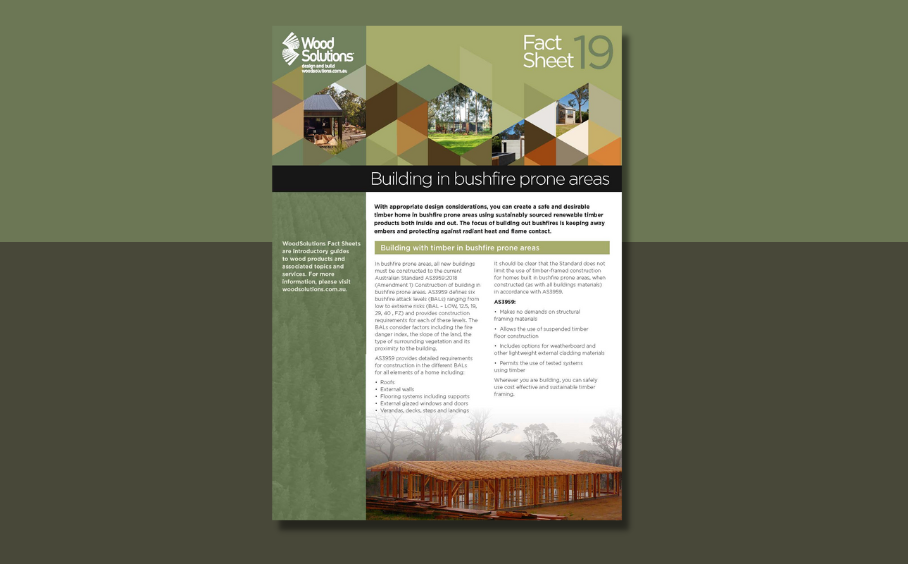Bolts, coach screws and timber connectors (split-rings and shear-plates) all have higher capacities than nails and screws, making them better suited to applications where a large load is imposed and there is limited space for fasteners.
Commonly, these are used in conjunction with proprietary and custom designed metal connectors but they are also used in direct load transfer from one piece of timber to another where they provide a basis for the design of elegant and economic connections.
Typical applications include beam to column, beam to beam, truss, pole frame, marine structure and bridge connections as well as column, beam and truss supports. It is often possible, through good design to provide a connection with a high level of architectural appeal.
On the other hand, these fasteners can also be used in situations where the requirements are purely of an engineering nature in which strength, compactness, economy and durability are the only qualities sought. Examples include hidden joints and joints in buildings where aesthetic qualities are usually unimportant such as farm buildings, some industrial and commercial buildings, bridges and marine structures.




